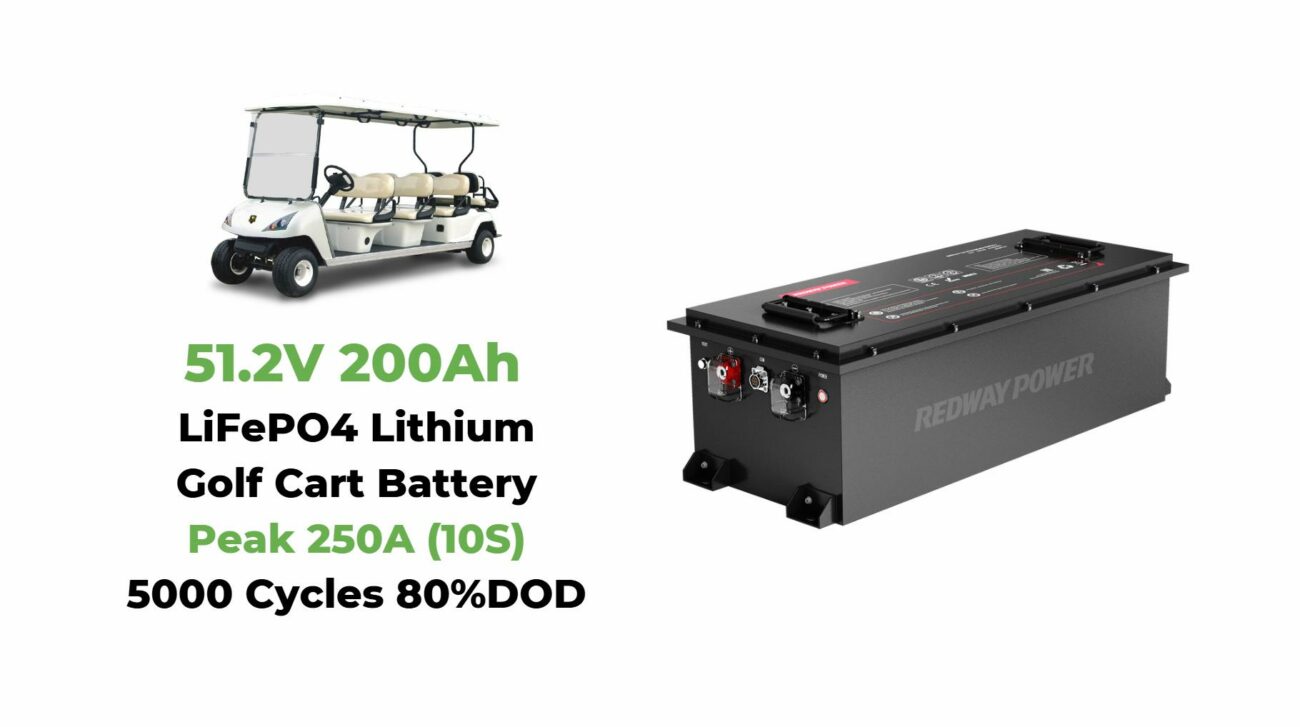What Battery is Used in the Telecom Industry? OPzV Batteries for Telecom
In the telecommunications industry, reliability and efficiency are paramount. For applications like cellular base stations, mini-grids, and remote hybrid (off-grid) stations, the choice of battery can significantly impact operational continuity and performance. Among various options, OPzV batteries have emerged as a superior choice due to their durability, low maintenance, and high efficiency.
What are OPzV Batteries?
OPzV batteries, also known as Gel Batteries, are a specific type of valve-regulated lead-acid (VRLA) battery. They are characterized by their gelled electrolyte, which enhances the battery’s performance and reliability. These batteries are designed to provide a stable and consistent power supply in demanding environments, making them ideal for telecom applications.
Key Features of OPzV Batteries
- Durability and Longevity
OPzV batteries are renowned for their extended service life. With a typical lifespan of 15 to 20 years, they are well-suited for applications where frequent battery replacement is impractical. This longevity is achieved through robust construction and advanced gel technology that minimizes internal degradation. - Low Maintenance
Unlike traditional lead-acid batteries, OPzV batteries require minimal maintenance. The gelled electrolyte prevents spillage and reduces water loss, eliminating the need for regular topping up. This feature is particularly advantageous for remote telecom stations where maintenance access can be challenging. - High Efficiency
The gelled electrolyte in OPzV batteries ensures efficient electrical conductivity and low internal resistance, which translates to reliable performance and consistent power output. These batteries are designed to handle high charge and discharge currents, making them ideal for the demanding needs of telecom operations. - Temperature Tolerance
OPzV batteries can operate effectively across a wide temperature range. Their gelled electrolyte provides excellent temperature stability, ensuring that the batteries function reliably even in extreme conditions. This makes them particularly suitable for telecom sites located in varying climatic conditions.
Applications of OPzV Batteries in Telecom
Cellular Base Stations
Cellular base stations require a constant and reliable power supply to ensure uninterrupted communication. OPzV batteries are an excellent choice for these applications due to their long lifespan and low maintenance requirements. Their ability to handle high charge and discharge currents ensures that they can support the energy demands of base stations efficiently.
Mini-Grids
In mini-grid systems, which often serve remote or off-grid areas, reliable energy storage is crucial. OPzV batteries offer robust performance in these settings, providing a stable power source that can handle the variable loads typical of mini-grid systems. Their low maintenance and long lifespan make them a cost-effective solution for these applications.
Remote Hybrid (Off-Grid) Stations
For remote hybrid or off-grid stations, where traditional power sources are not available, OPzV batteries offer a dependable energy storage solution. Their ability to perform reliably in harsh environments and their long service life make them ideal for these challenging conditions. The gelled electrolyte ensures that the batteries remain functional despite extreme temperatures or limited maintenance opportunities.
Advantages of OPzV Batteries Over Other Types
Enhanced Safety
OPzV batteries feature a sealed design with a valve-regulated system that prevents acid leakage and reduces the risk of corrosion. This sealed construction enhances the overall safety of the battery, making it a preferred choice for environments where safety is a top priority.
Environmental Impact
The gelled electrolyte used in OPzV batteries contributes to their environmental friendliness. By reducing the risk of electrolyte leakage, these batteries minimize the potential for environmental contamination. Furthermore, their long lifespan reduces the frequency of battery disposal, contributing to a lower overall environmental impact.
Cost-Effectiveness
While OPzV batteries may have a higher initial cost compared to traditional lead-acid batteries, their long-term cost-effectiveness is notable. The reduced need for maintenance, combined with the extended service life, translates to lower total cost of ownership. For telecom applications where reliability and longevity are critical, OPzV batteries offer significant financial benefits over time.
Installation and Maintenance of OPzV Batteries
Installation
Proper installation is crucial to ensure the optimal performance of OPzV batteries. They should be installed in a well-ventilated area to avoid excessive heat buildup, which can affect their performance. It is essential to follow the manufacturer’s guidelines for installation to ensure the batteries operate efficiently and have a long service life.
Maintenance
One of the key advantages of OPzV batteries is their low maintenance requirements. The gelled electrolyte significantly reduces the need for routine maintenance. However, periodic checks of the battery’s voltage, connections, and overall condition are recommended to ensure continued optimal performance. Regular maintenance helps in identifying any potential issues early, ensuring the battery system remains in good working order.
Conclusion
OPzV batteries represent a top choice for the telecommunications industry, particularly for applications requiring reliable, long-lasting, and low-maintenance energy storage solutions. Their advanced gel technology, combined with their ability to operate effectively in diverse conditions, makes them an excellent fit for cellular base stations, mini-grids, and remote hybrid stations. With their high efficiency, extended service life, and minimal maintenance needs, OPzV batteries offer a comprehensive solution to the energy storage challenges faced by the telecom sector.
For telecom applications that demand the highest standards of performance and reliability, OPzV batteries are an investment that pays off with consistent, dependable power and long-term cost savings.

